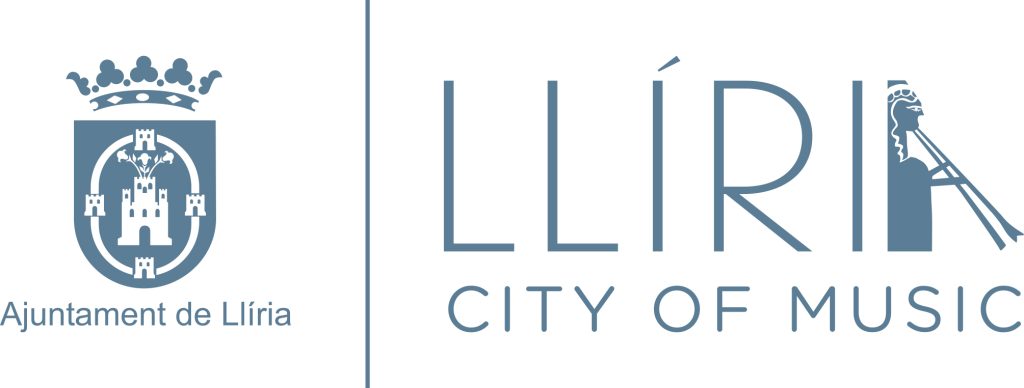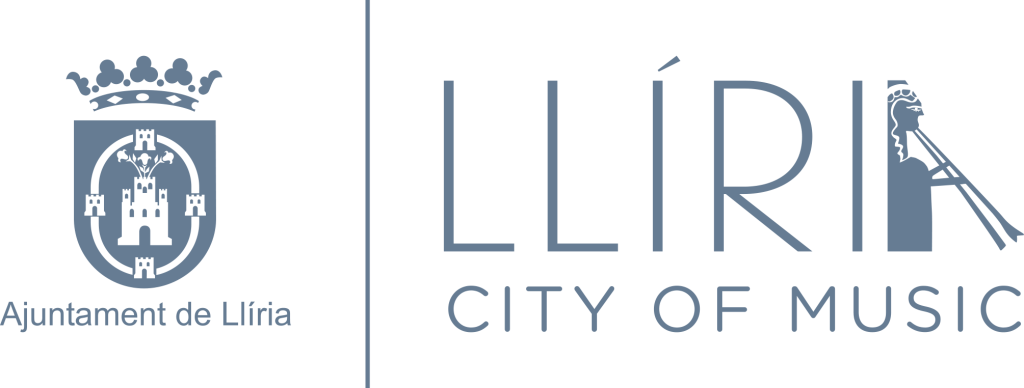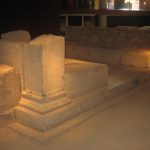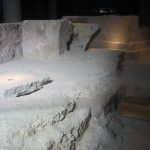Children from the schools Sant Miquel and CEIP Unión Musical in Llíria have been able to take part in the #DrawWithDenmark campaign, promoted by the Danish city of Viborg, which is also included in UNESCO ‘Creative Cities’ project. The participating children, aged between 3 and 17, who are altogether more than 3000 from 33 different countries, have sent their artistic creations – all related to COVID 19, through comics, stories or recommendations – to be hung on the glass walls of the Statens Museum for Kunst in this same city during the Easter holidays.
The museum is currently closed, but this has not prevented the exhibition on the outside walls. Thus, citizens walking in the surrounding area can enjoy it, especially at night, as they are illuminated for better visual perception. Unfortunately, it has not been possible to hang all the drawings received yet, but the organisers have guaranteed that all the countries participating in the initiative will be represented.
This event represents the union of the creative capitals of the world to promote equality between territories, artistic action even though many surfaces are still closed and, above all, in defence of one of the most vulnerable groups during the pandemic: children.








